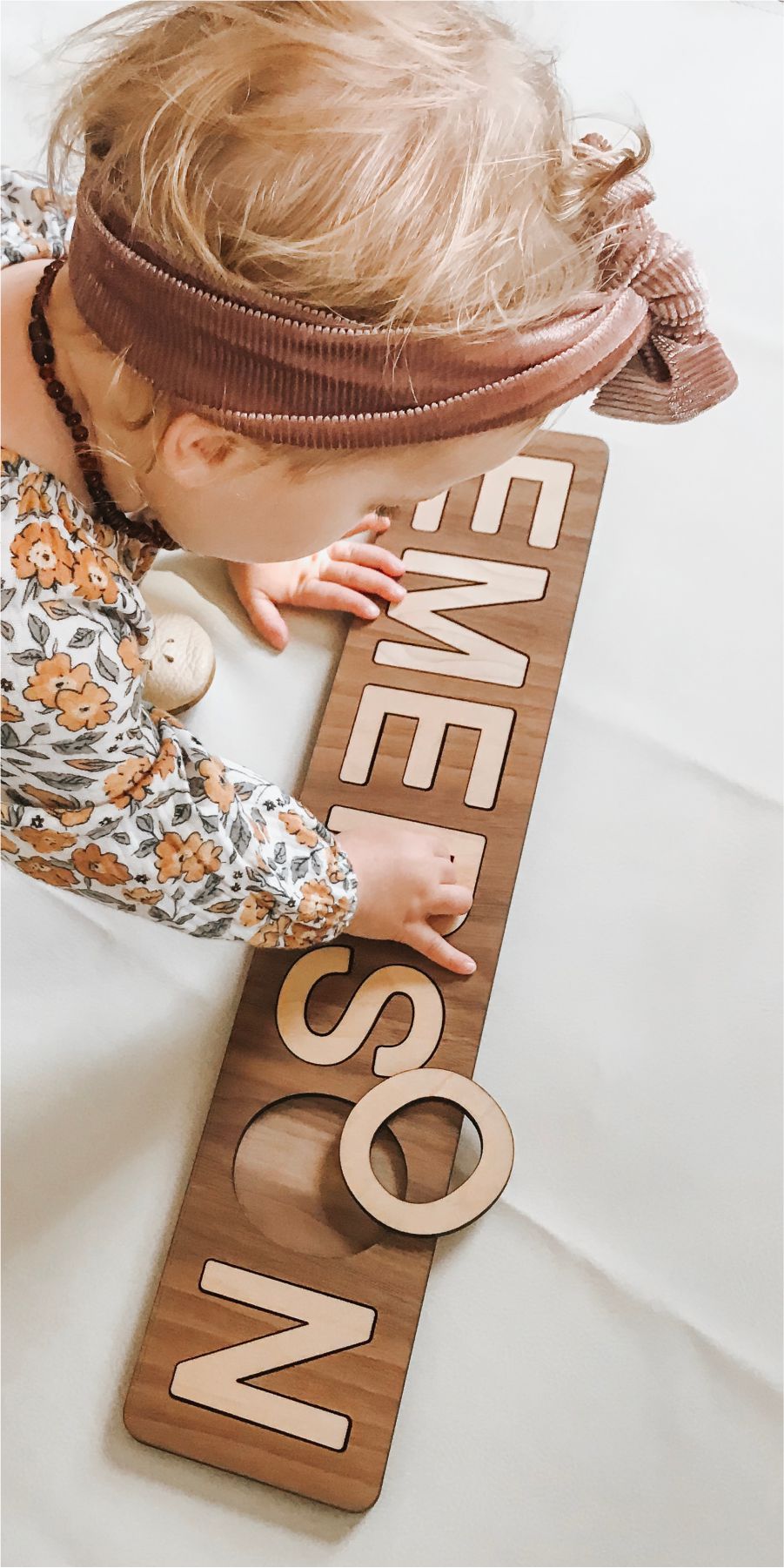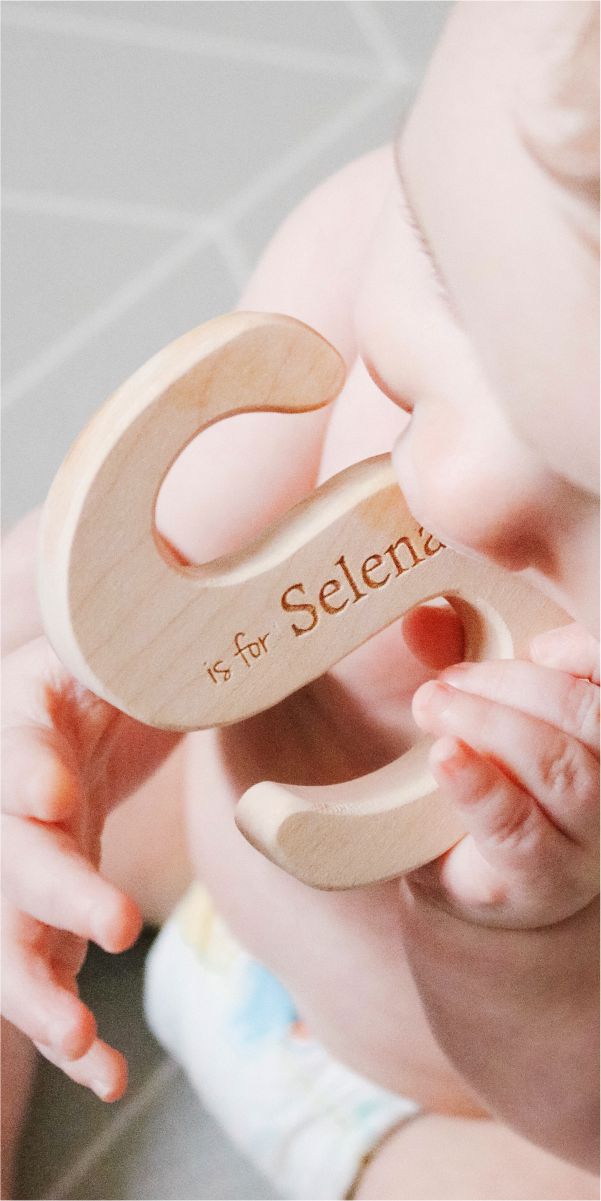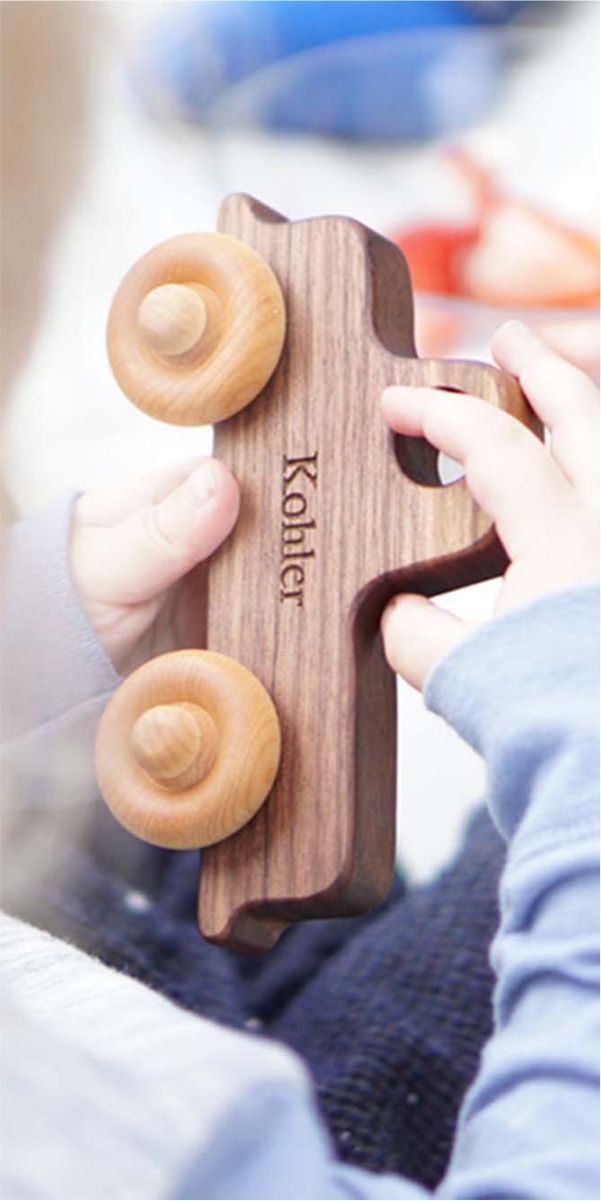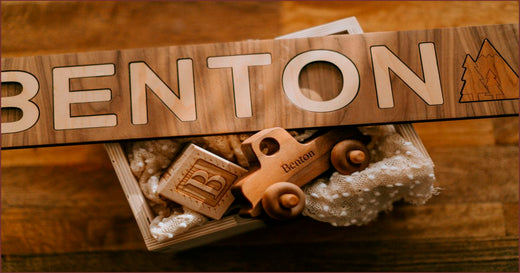Introduction
As parents and caregivers, it’s easy to believe that more toys equals more fun for our kids. But the truth is, sometimes less really is more. At Smiling Tree Toys, we’ve come to realize that a smaller collection of carefully chosen toys can unlock incredible benefits for both children and parents. Fewer toys might just be the ultimate gift for your kids and your home!
Today, we’ll explore the benefits of fewer toys and why embracing simplicity can enhance your child’s playtime, creativity, and overall well-being.
Fewer Toys, More Creativity
When kids have a lot of toys, they may jump quickly from one to another without fully exploring the possibilities of each. But give them just a few, and watch their creativity flourish! With fewer options, kids are encouraged to stretch their imagination, using their toys in new and inventive ways.
That wooden train might become a spaceship for today’s play session, and tomorrow, maybe it’ll be part of a magic forest scene with their favorite stuffed animals. With just a few toys at hand, they might even start to bring everyday objects into their play—turning pillows into mountains or cardboard boxes into cars! This approach doesn’t just make playtime more interesting; it also helps kids build adaptability and explore open-ended play, where the possibilities are endless.
Research shows that young children “are more likely to play in more sophisticated, advanced ways with fewer toys present,” indicating that fewer toys help them engage in deeper, more imaginative play.
The benefits of fewer toys are clear: having fewer toys really gives children the space to explore their own ideas and discover the joy of imagining new worlds. And as they learn to play with what’s available, they develop a creative mindset that sticks with them, whether they’re solving math problems or crafting stories later in life.
Better Focus, Less Overwhelm
Ever noticed how kids can feel totally wired and restless when they’re surrounded by too many toys? It’s like they’re not sure what to play with, so they bounce from one thing to another, barely giving any of them full attention. This “toy overload” can actually make it harder for them to concentrate and truly enjoy each moment.
When there’s a more selective mix of toys, children feel less overwhelmed and are better able to focus on just one thing at a time. They become more deeply engaged, immersing themselves in play and strengthening early attention skills that will be valuable throughout life. With fewer toys around, playtime becomes a calm, enriching experience where they’re free to truly “be” in the moment—whether they’re building a block tower or caring for a doll.
And it’s not just about focus. Children are also developing mindfulness skills. They learn to take their time, savor the moment, and enjoy play for what it is, rather than feeling rushed or overstimulated.
Learning to Love and Care for What They Have
It's easy to take toys for granted when there are so many around. But when they have just a few special toys, they tend to develop a stronger connection to them. They learn to value what they have, and that teaches them an important lesson in appreciation.
With fewer toys, kids also tend to take better care of what they have. They learn that each toy is something special, something to treasure rather than something that can easily be replaced. Whether it’s a favorite stuffed animal, a wooden puzzle, or a simple set of blocks, each item feels precious. And when a birthday or holiday brings a new toy into the mix, it feels truly exciting and meaningful—something to be celebrated.
Over time, this appreciation for their toys often translates into a greater sense of gratitude and care for the world around them. It might start with a simple wooden truck, but it grows into a lifelong lesson about taking care of what you value. This may just be one of the most overlooked benefits of fewer toys, but it is certainly one of our favorites!
Building Resilience and Problem-Solving Skills
Kids are natural problem solvers, but when they have an endless supply of toys, they might miss out on some of the valuable lessons that come from figuring things out on their own. With fewer toys, they’re often pushed to be more resourceful. They have to find new ways to play, stretch their problem-solving muscles, and even get creative about how they play with others.
This creative problem-solving also builds resilience, as children learn to work with what’s available to them and figure out ways to overcome challenges in their play. Whether it’s building a tower that keeps falling down or figuring out how to share toys with siblings, fewer toys can help kids become more independent and capable. They start to understand that they don’t always need more to be happy or entertained; they can work with what they have, and they become more comfortable with the idea of making things work on their own. It’s one of the earliest lessons in self-sufficiency and the ability to “make do,” which can be such an asset as they grow.
Bonus Benefits for Parents
Now, you might be thinking: “This sounds great for kids, but what’s in it for me?” Good news! Fewer toys benefit not only kids but parents, too. Here’s how:
Less Clutter, Less Stress
Who doesn’t love a tidier home? Fewer toys mean less clutter to pick up, sort, and organize every day. Instead of feeling overwhelmed by a mountain of toys strewn around the house, you can create a calmer, more organized space that’s easier to keep neat. Imagine not stepping on toys every time you walk through the living room! With fewer toys, you can spend less time tidying up and more time enjoying your space together as a family.
With less mess comes less stress, allowing everyone to relax and enjoy a more peaceful home environment. And let’s face it: life is full of enough chaos; minimizing clutter just makes it easier to focus on what really matters.
More Meaningful Moments
When kids aren’t overwhelmed by tons of toys, they often turn to family members for play and connection. This can mean more interactive playtime, deeper conversations, and shared experiences that are just as much fun for you as they are for them. In a way, having fewer toys encourages kids to seek out connection and bonding, making family time more meaningful.
Think of it this way: fewer toys mean you can “make memories, not messes.”
--Kathleen Smith, Co-Owner of Smiling Tree Toys
Whether you’re building a block tower together, sharing a tea party with a single set of cups, or just chatting about their favorite way to play with a beloved stuffed animal, these moments become the real treasures.
Creating a Balanced Play Space
If you’re ready to try out the “less is more” approach, here are a few ideas to help you get started:
- Choose Quality Over Quantity: Look for toys that are well-made, timeless, and versatile. Think of toys that grow with your child—like wooden blocks, stacking toys, or puzzles—that can be played with in multiple ways and across different ages.
- Rotate Toys: Instead of having every toy out all at once, try setting up a rotation system. Keep a few toys out and put the rest away. Every couple of weeks, swap some out to keep things fresh and exciting without cluttering your space. Plus, rotating toys can make each one feel new and special.
- Encourage Open-Ended Play: Look for toys that don’t have a set purpose, like blocks, dolls, or vehicles, that let kids use their imagination. Open-ended toys encourage children to invent their own worlds, rules, and play scenarios, all while building their creativity and adaptability.
Fewer Toys, Big Impact
It can be hard to break the habit of giving kids more, especially when every holiday or birthday seems to bring a new wave of toys. But by choosing to keep it simple, you’re giving your kids the gift of creativity, focus, problem-solving, appreciation, and resilience. Plus, you’re creating a home that feels calmer and more connected—a place where memories matter more than messes.
So here’s to the beauty of simplicity, the joy of fewer toys, and a world where kids can learn, grow, and play without the pressure of “more.” Embrace the less-is-more philosophy and watch as your kids discover the magic in each and every toy.










